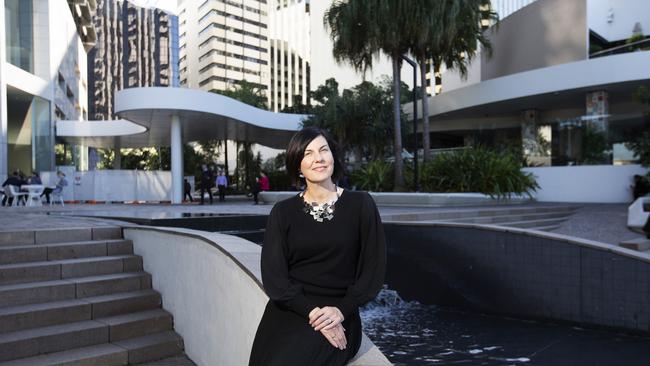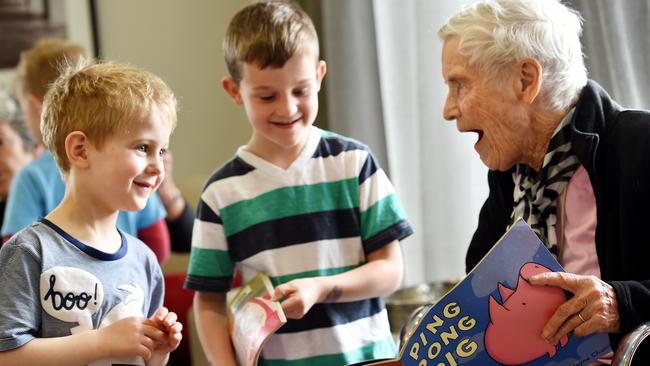New urban village design concepts close the gap by integrating intergenerational living trend
A shift towards intergenerational living is leading to a change in the way architects shape projects, mixing seniors living with other community precincts to create more diverse urban villages

Prime Site
Don't miss out on the headlines from Prime Site. Followed categories will be added to My News.
THE rise of the urban village in Australia’s cities is offering an opportunity to close the generation gap by nurturing an emerging shift towards intergenerational living.
According to leading Brisbane-based design firm PDT Architects, intergenerational integration is the next logical step in the evolution of the urban live/work/play (LWP) model.
“This new urban village blends LWP with diversity,” said PDT Architects associate and architect Natasha Prasek.
“We live in an age where people are feeling more isolated and there’s less opportunity for communication across the generations.
“Mixing seniors living with other community precincts creates a diverse urban village that encourages casual interaction among users.
Bold vision unveiled for ‘new world suburb’ to transform wartime hub
Striking $1.5 billion vision unveiled for modern cityscape in Ipswich’s Ripley Valley
“In our studio, we’ve explored many different iterations: pairing a tertiary education campus with on-site seniors living; a vertical seniors village blending assisted living and aged care with other residential typologies; and mixed-use developments that include retail, entertainment, allied health and commercial accommodation as well as retirement living and childcare.
“By nurturing these intergenerational connections and reducing isolation within the community, we are able to improve mental wellbeing and life as a whole.
“Taking the urban village hub typology and replicating this vertically also addresses urban density issues including urban sprawl and pressure on both ageing and costly new infrastructure requirements.”

Ms Prasek said projects with higher levels of integration — whether within the one building or within the one block — were already becoming more prevalent overseas.
Among the successful examples of intergenerational integration she cited was the Humanitas Project in the Netherlands — an elderly residential care model that offers free accommodation to students who are willing to actively ‘participate’ in the ageing residential community.
“Likewise, there are several examples of the value elderly community members can bring to early childhood education, such as Mount’s Intergenerational Learning Centre in the US, where the aged care residents and staff share their facility with early learning staff and their young ‘clients’ during the week, promoting positive social interaction between the generations.”
Ms Prasek said a number of different social elements were at work, shaping the evolution of the urban village model.
“We are living longer, children are staying at home longer and there are affordable housing issues,” she said.
“Intergenerational living in many places in the world is just a way of life.
“In Australia, it is returning as a popular option that not only solves housing issues but also keeps families together and connected.”


